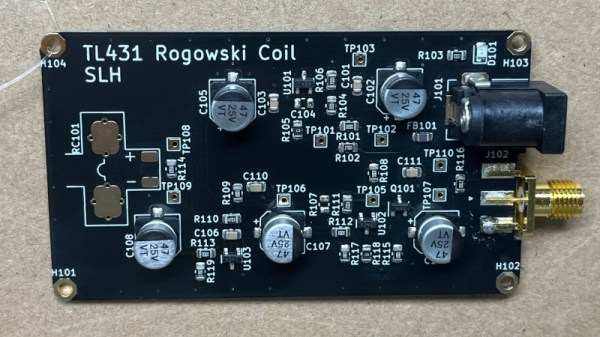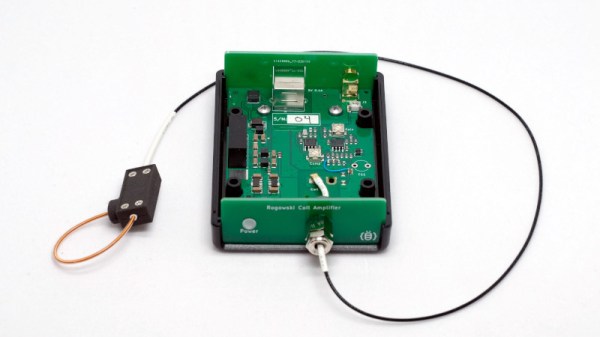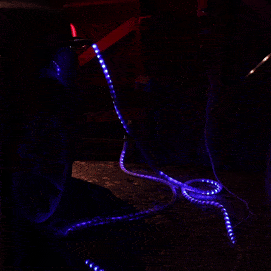A Rogowski coil is a device for measuring AC current that differs from a conventional current transformer in that it has no need to encircle the conductor whose current it measures. They’re by no means cheap though, so over time we’ve seen some interesting variations on making one without the pain in the wallet. We particularly like [Stephen]’s one, because he eschews exotic devices for an interesting hack on a familiar chip. He’s taken the venerable TL431 voltage reference chip and turned it into an op-amp.
We had to look at the TL431 data sheet for this one and shamefacedly admit that since we’d only ever used the chip as a voltage reference, we hadn’t appreciated this capability. In this mode, it’s a op-amp with the inverting input connected to a fixed rail, so it can accept a feedback network to its non-inverting input just like any other. He’s using it as both integrator and amplifier, as well as, of course, in a more conventional power supply.
We like the instrument, and the use of the TL431 in an unexpected manner is the cherry on the cake. Here’s a previous Rogowski circuit using more conventional parts. You can dive a bit more into the theory, too.






 The basic components behind the build are a current transformer, a NeoPixel LED strip, and an ATtiny44 to run the show. But the quality of the build is where [ch00f]’s project really shines. The writeup is top notch — [ch00f] goes to great lengths showing every detail of the build. The project log covers the challenges of finding appropriate wiring & enclosures for the high power AC build, how to interface the current-sense transformer to the microcontroller, and shares [ch00f]’s techniques for testing the fit of components to ensure the best chance of getting the build right the first time. If you’ve ever gotten a breadboarded prototype humming along sweetly, only to suffer as you try to cram all the pieces into a tiny plastic box, you’ll definitely pick something up here.
The basic components behind the build are a current transformer, a NeoPixel LED strip, and an ATtiny44 to run the show. But the quality of the build is where [ch00f]’s project really shines. The writeup is top notch — [ch00f] goes to great lengths showing every detail of the build. The project log covers the challenges of finding appropriate wiring & enclosures for the high power AC build, how to interface the current-sense transformer to the microcontroller, and shares [ch00f]’s techniques for testing the fit of components to ensure the best chance of getting the build right the first time. If you’ve ever gotten a breadboarded prototype humming along sweetly, only to suffer as you try to cram all the pieces into a tiny plastic box, you’ll definitely pick something up here.








